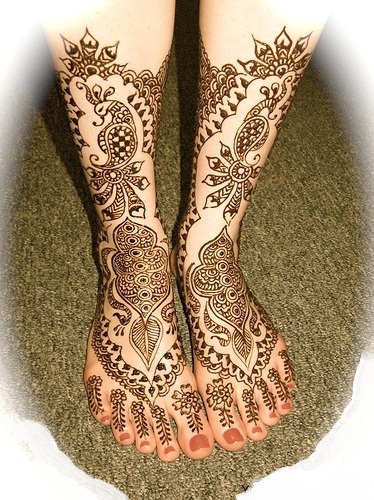Podiatry vs. Astrology
/Now before anyone gets offended, let me say that I have gotten some really good advice from astrologers who didn't even know me.
With the revelations of barefoot running, it is hard to take the study and practice of Podiatry seriously. Of course, every field of medicine starts out butchering people or selling magic potions and slowly, over time, through trial, error, and good intentions--and eventually, hopefully, some science--they get around to simple straight forward solutions. That is why I am happy to report that the solution to foot problems in the summer is to wear 4 inch high heels around the house.
Plantar fasciitis is really common these days. Here is the definition from PubMed. When I look at the list of causes and the list of treatments I can't help thinking, "Do these people think babies are delivered by storks?" According to the site:
You are more likely to get plantar fasciitis if you have:
-
Foot arch problems (both flat feet and high arches)
-
Long-distance running, especially running downhill or on uneven surfaces
-
Sudden weight gain or obesity
-
Tight Achilles tendon (the tendon connecting the calf muscles to the heel)
- Shoes with poor arch support or soft soles
So both flat feet and high arches? Poor support or soft soles? Oh, so perfect arches or very good arch support will save you? Clearly running up hill is the way to go because it will give you a long Achilles tendon, right? Unfortunately that just isn't true.
The "treatments" are just as all over the place. And it is sad, because it is painful and it can take a really long time to heal.
But if I were to go out on a limb and assign cause, first up would be the erroneous, yet widely held, notion that the feet play a role in stability. It just ain't so, it just ain't physically possible. I could nail your foot to the ground and still push you over with one finger. All of our mass has to be continuously balanced from the center of mass or by compensatory movements at the periphery. Unless your foot is in the air wiggling around, it is not a factor in balance. You can learn balance on any shape at all from marbles to stilts to skis.
Second on the list would be cushioned heels. It was never a good idea to encourage people to walk or run by slamming their heel into the ground. A large part of the field of podiatry has developed to deal with the problems created by the shoes earlier podiatrists thought were a good idea. And since the list above has running on "uneven" surfaces as a cause, allow me to point out that all this heel slamming ain't too good for the lower back. One of the best things a person can do for lower back pain is spend 20 minutes a day walking on truly uneven surfaces like tree roots and piles of rocks.
Third on the list is really a religious issue. People don't trust their legs. Perhaps because our legs take us places where we do bad things and engage in naughtiness. I don't know. But because people don't trust their legs they convince themselves that strength and effort serve some function. Penance, perhaps. Pain as a mechanism for moral self-correction. I can see that. But the actual functioning of the legs is completely effortless. Effortlessness should be the mantra of any training method. As George Xu put it: No power, no effort, and no bones.
Here is a good article on the barefoot vs. shoes running issue.
I was about to publish this blog post when I had to run out and teach a lesson. While I was out, I just happened to meet a podiatrist! He was open minded, generous, reflective and he really loves feet. Feet are so beautiful. Strangely, a big part of my job is reading peoples fate by looking at their feet. I guess we share that.








